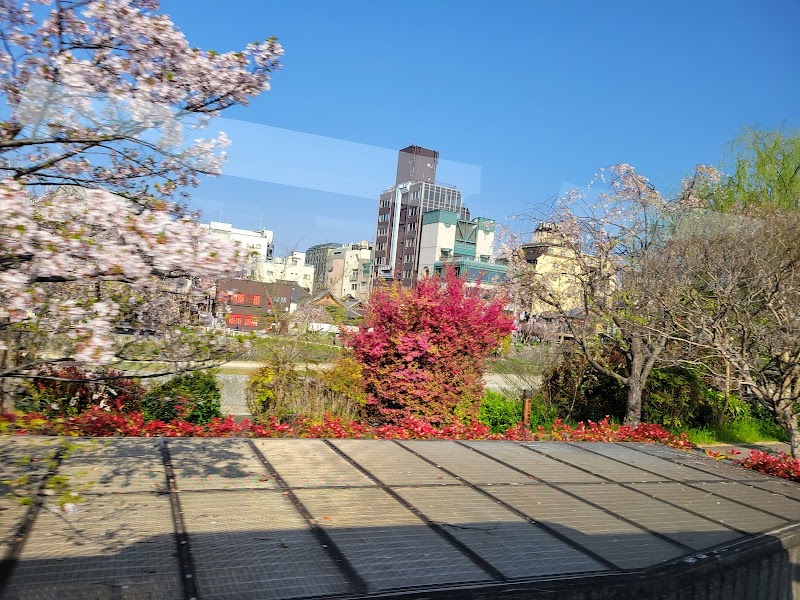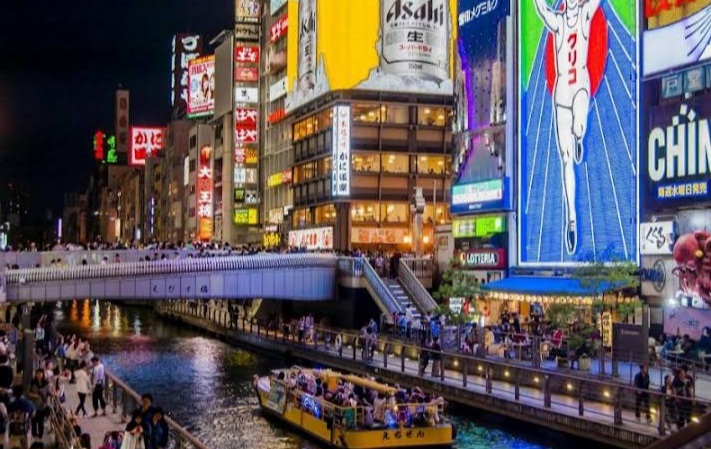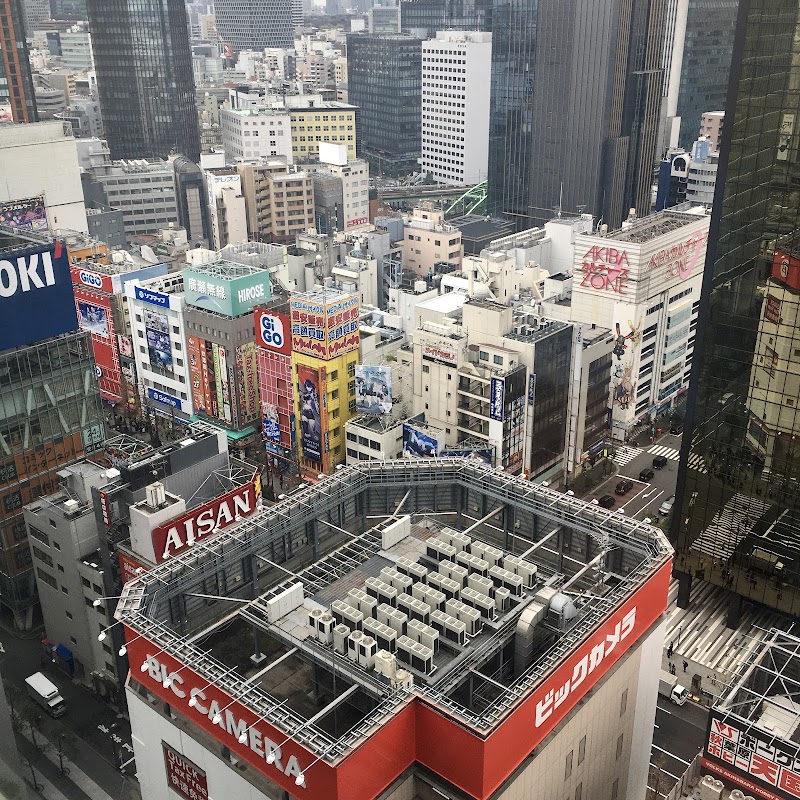Welcome to Japan: Where Tradition Meets Innovation
Japan, often referred to as the Land of the Rising Sun, is a fascinating blend of ancient traditions and futuristic innovation. Did you know that Japan is home to 23 UNESCO World Heritage Sites? From the majestic Mount Fuji to the ancient temples of Kyoto and the modern marvels of Tokyo, this enchanting country beautifully intertwines centuries-old traditions with cutting-edge technology. Japan beckons with a rich tapestry of experiences that promise a journey like no other.
To help you navigate this captivating country, we've curated a comprehensive Tourist Map of Japan. This essential tool will be your compass, guiding you through Japan's diverse landscapes and cultural nuances. It's more than just a map—it's your personalized key to unlocking the endless wonders that Japan has to offer.
What to See and Do in Japan
Embark on an unforgettable journey through Japan, where every corner unfolds a story and every moment brings a new discovery. With its intriguing blend of ancient traditions and cutting-edge technology, Japan offers diverse travel experiences that go beyond what meets the eye.
Exploring the Northern Wonders: Hokkaido
Known for its breathtaking landscapes, Hokkaido, Japan's northernmost island, is a haven for nature enthusiasts. The enchanting lavender fields of Furano paint the landscape in a sea of purple during the summer months. Strolling through these mesmerizing meadows, with the sweet scent of lavender hanging in the air, is a truly unique experience.
The Winters of Sapporo
While Hokkaido is beautiful year-round, the winter season in Sapporo transforms the city into a snow-covered wonderland, setting the stage for the world-famous Sapporo Snow Festival. The city comes alive with massive ice sculptures that illuminate the night, creating a magical winter spectacle unlike any other.
The Vibrant Heart: Osaka
Move southwards to Osaka, a city that never sleeps. Osaka is a culinary paradise, home to eclectic street food and the famous Dōtonbori district known for its vibrant nightlife and neon lights. Takoyaki, okonomiyaki, and kushikatsu are just a few of the mouthwatering treats you cannot miss.
Osaka's Historical Gems
Beyond its modern allure, Osaka is steeped in history with landmarks such as the Osaka Castle and Shitennoji Temple, offering a glimpse into Japan's past. These heritage sites, set against the bustling cityscape, are a testament to Osaka's harmonious blend of the old and the new.
Immerse in Spiritual Tranquility: Koyasan
High in the mountains of Wakayama Prefecture, Koyasan is a spiritual retreat far removed from the hustle and bustle of city life. Here, visitors can stay in shukubo (temple lodgings), join the monks in morning prayers, and experience the tranquility of Japanese zen. This serene mountain town, with its ancient temples and sacred sites, is the epitome of spiritual Japan.
The Okunoin Cemetery
The Okunoin Cemetery in Koyasan, the largest in Japan, is a mystical place of towering cedars and stone Jizo statues, where time seems to stand still. A visit at dusk, when the lanterns along the path flicker to life, creates an atmosphere of ethereal beauty and profound peace.
Whether you're traversing the lavender fields of Hokkaido, indulging in Osaka's street food, or finding tranquility in Koyasan's temples, Japan offers a rich tapestry of experiences that will leave you with memories to cherish for a lifetime.

Booking.com
Practical Information for Traveling in Japan
No matter where you're traveling in Japan, it's essential to understand the practical aspects that will enhance your journey. Awareness of Japan's transportation systems, price ranges, schedules, and safety tips ensures a smooth and enjoyable experience.
Transportation and Mobility
Japan's public transportation is highly efficient and punctual. The Japan Rail (JR) pass, which provides unlimited travel on JR lines nationwide, is a cost-effective option for tourists. Available for 7, 14, or 21 days, the standard pass costs between ¥29,650 and ¥59,350. You can purchase it before your trip and exchange the voucher for the pass upon arrival in Japan.
For city travel, metro and bus networks are incredibly efficient. In Tokyo and other major cities, prepaid cards like Suica and Pasmo can be used on almost all trains, buses, and even in some stores.
Schedules and Prices
Schedules in Japan are dependable, but it's always wise to check them in advance. Most museums and attractions open around 9 or 10 AM and close between 5 and 6 PM. Note that many are closed one day a week, often on Monday.
Entry prices vary, but most temples and museums charge between ¥500 and ¥1,000. For specific pricing, it's recommended to visit the official websites of the places you plan to visit.
Safety Tips
Japan is known for its safety, but it's always prudent to take precautions. Keep your valuables secure, respect local customs, and stay aware of your surroundings, especially in crowded tourist spots.
In case of natural disasters, Japan has an efficient early warning system. Download the J-Alert app on your phone for real-time updates and instructions in English.
Practical Recommendations
The best time to visit Japan depends on your preferences and the regions you plan to explore. The cherry blossom season in March and April attracts large crowds. If you prefer a quieter time, consider visiting in October and November when the weather is pleasant and the autumn foliage is stunning.
Lastly, it's customary to carry cash in Japan as not all places accept credit cards. Ensure you have enough yen, especially when visiting rural areas. ATMs at post offices and 7-Eleven stores accept foreign cards for cash withdrawal.

Frequently Asked Questions
1. Are there any specific etiquette rules I should be aware of when visiting Shinto shrines and Buddhist temples in Japan?
Japan is a country where tradition and respect are deeply ingrained in society. When visiting Shinto shrines or Buddhist temples, it's important to follow certain etiquette rules. First, purify yourself at the water basin near the entrance by washing your hands and mouth. When entering, it's customary to bow slightly. Avoid walking in the middle of the path as it is considered the path of the gods. Lastly, don't forget to throw a coin into the offering box and make a prayer.
2. I am a vegetarian. How easy is it to find vegetarian food in Japan?
While Japan's cuisine is renowned for its seafood, vegetarians can still enjoy a plethora of delicious Japanese dishes. Traditional dishes like tempura, tofu, and vegetable sushi are widely available. You should look out for restaurants that serve "Shojin Ryori", which is traditional Buddhist vegetarian cuisine. It's also a good idea to learn how to say "I am a vegetarian" in Japanese: "Watashi wa bejitarian desu".
3. Does Japan accommodate people with disabilities?
Yes, Japan is progressively improving its facilities for travelers with disabilities. Most train stations and tourist attractions have elevators, ramps, and accessible toilets. Also, the major cities have accessible taxis and rental services for wheelchairs and mobility scooters. For detailed information, you can visit the official "Accessible Japan" website.
4. What are the customs regarding tipping in Japan?
In Japan, tipping is not customary and can sometimes be considered rude. Service staff are expected to provide the best service without expecting extra compensation. If you are particularly impressed with the service, a sincere "thank you" is more than enough.
5. I'm interested in staying in a Ryokan (traditional Japanese inn). What should I expect?
A stay in a Ryokan is a unique experience, offering a glimpse into traditional Japanese life. You'll sleep on a futon laid out on tatami mats, and typically enjoy a traditional multi-course dinner known as Kaiseki. Remember to remove your shoes at the entrance and wear the provided slippers. Also, it's customary to bathe before dinner in the communal bath, known as an Onsen.
6. I heard about the Goshuincho. What is it and where can I get one?
The Goshuincho is a special stamp book that you can collect stamps from each temple or shrine you visit in Japan. These stamp books are a beautiful souvenir of your journey and can be purchased at most major shrines or temples. Each stamp is unique and is usually accompanied by calligraphy, making each page a piece of art.

